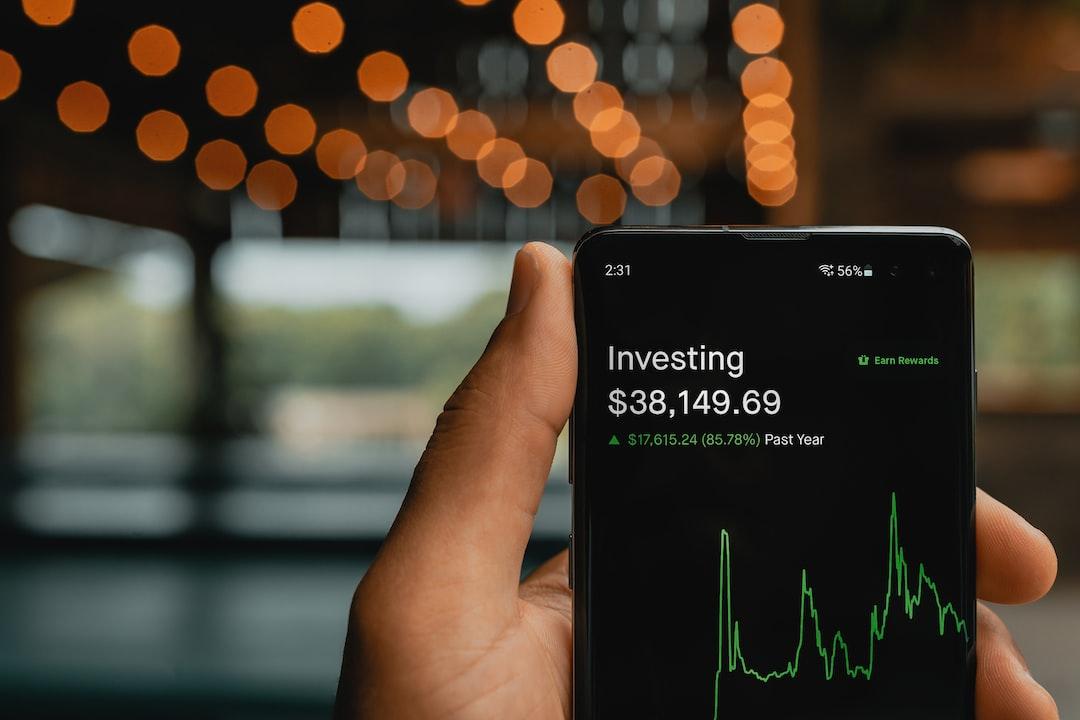CoinW Journal Report:
Author: Asher Zhang
Since the beginning of this year, the intense struggle between project teams and yield farming studios has been unfolding amidst disputes over interests, leading to varied opinions on airdrop rules. Recently, with the distribution of the Blast airdrop, its strategy has been acclaimed by retail investors while betraying the interests of whales. So, what are the distinctive features of Blast’s airdrop strategy? What upcoming Layer 2 projects are worth retail investors’ attention? It’s noteworthy that many leading Layer 2 projects launched this year have shown lackluster performance; what are the reasons behind this?

Blast Delivers Gospel to Retailers but Stabs Whales
This year, projects like ZK and ZRO have caused distress to yield farming studios, amid lively incidents of front-running and large-scale liquidations. However, Blast’s recent airdrop has essentially brought good news to retail investors and smaller yield farming studios.
Blast’s airdrop strategy refrains from checking for front-running, largely aiming to protect retail investors’ interests, which has earned it considerable market praise. By the end of June, Blast officially opened airdrop applications and disclosed its tokenomics, with a total supply of 100 billion BLAST tokens, 50% of which will be airdropped to the community. The first phase of airdrop accounts for 17% of the total supply. In this phase, Blast Points holders can receive 7 billion BLAST, Golden Points holders can receive 7 billion BLAST, and Blur Foundation can receive 3 billion BLAST. Importantly, Blast’s airdrop policy without front-running checks is a boon for studios, significantly replenishing their reserves. According to community feedback, conscientious completion of dApp tasks or consistent engagement guarantees Golden Points holders several thousand points, translating into at least a doubling of returns with minimal investment, less than one Ethereum.
While Blast spares retail investors from front-running checks, it betrays whales. In the airdrop announcement, Blast emphasized that large holders’ airdrops would be linearly vested, meaning the top 0.1% of users (approximately 1000 wallets) would receive partial airdrops over six months. Given the current market trend where Bitcoin’s decline influences overall sentiment, BLAST is expected to face selling pressure from retail investors in the short term. For large holders, significant selling at this juncture is self-detrimental, as much of their tokens remain unvested. This strategy allows retail investors to exit first, leaving whales at the rear, a move that has drawn criticism from larger stakeholders.
The Blast official website indicates the top user as @beijingduck2023. Based on the current price of $0.026 per token, @beijingduck2023’s initial phase holdings are valued at only $1,664. Co-founder of crypto fund NDV, Christian, claimed to have deposited over $50 million into Blast, receiving 20,912,000 BLAST tokens, valued around $540,000, but due to linear vesting, can currently claim only $100,000 in airdrops. Christian has criticized Blast as a rug pull project and labeled its founder, Pacman, a “serial rug entrepreneur.”
L2 Projects of Interest to Retail Investors Post-Blast
Despite recent L2 projects introducing increasingly complex airdrop restrictions, many still prioritize protecting retail investors, offering lucrative opportunities. Which L2 projects should retail investors watch after Blast?

Scroll
Scroll ranks as the 8th largest L2 and the 3rd largest zkEVM L2, boasting significant improvements in transaction throughput, cost reduction, and overall scalability. Scroll’s TVL approaches $1 billion, valued at $1.8 billion in 2023, attracting investments from prominent venture capitalists such as Polychain Capital, Bain Capital Crypto, and Sequoia China. In April 2024, Scroll announced its “Scroll Sessions” reward program where users can earn Scroll Marks, equivalent to points, through these activities. Scroll recently concluded Session Zero, allowing users to earn rewards by bridging assets like ETH and wstETH through native or LayerZero bridges. Session One is set to begin, potentially supporting other assets and methods for earning points.
Zircuit
Zircuit, an upcoming zkEVM, is currently in its testnet phase, enhancing sorter security with AI. Investors include Dragonfly, Pantera, and Maelstrom. Zircuit launched a token activity where users can stake assets like ETH, LST, and LRT. Currently, Zircuit has accumulated over $2.5 billion in staked assets and received applications for over 1000 “Build to Earn” programs.
Reya and Zora
Reya Network, designed for trading optimization, is supported by Framework, Coinbase, and Wintermute. Reya announced a liquidity reward program where users can earn returns from trading spreads, funding rates, protocol fees, and liquidations.
ZORA is an NFT marketplace protocol allowing creators to create, exhibit, and collect NFTs. ZORA introduced the Zora Network based on the OP Stack Layer 2 network, potentially for future governance token airdrops.

Underperformance of Leading Layer 2 Tokens
Although several leading Layer 2 tokens have launched this year, their performance post-launch has been underwhelming. Besides high valuations, what are the other reasons behind the weak performance of Layer 2 tokens?
Technically, this year’s blockbuster Layer 2 projects have already launched, although some projects show relative technological potential in specific areas. Currently, the key to Layer 2 projects lies in ecosystem development.
Arbitrum appears poised to be the biggest winner in Layer 2 upgrades, with the fastest-growing active user base. This may be attributed to its leveraging of Layer 3 advantages, particularly in the Web3 gaming sector, attracting a significant influx of users. Arbitrum’s ecosystem partners include Azuki, ApeCoin, Xai, and XPET. Optimism has expanded its territory through Op Stack, constructing several Layer 2 projects, notably Base, opBNB, Zora Network, and DeBankChain. From an ecosystem development perspective, Zk development appears relatively weaker compared to Op systems.
From a token perspective, leading Layer 2 tokens launched relatively late, with Starknet and zkSync recently issuing tokens, with many tokens gradually unlocking. While Arbitrum and Optimism have made strides in ecosystem development, their ability to capture token value remains lacking. This contributes to the underperformance of most Layer 2 tokens. Apart from Ethereum Layer 2 token-specific reasons, the migration of funds from Ethereum to Bitcoin Layer 2 has also occurred, perhaps explaining why Starknet has announced its foray into Bitcoin Layer 2.

Conclusion
Technically, leading Layer 2 projects on Ethereum have largely launched, indicating maturity in meeting current on-chain demands. Their next goal primarily revolves around ecosystem development, continually upgrading according to demand.
From a data perspective, many developers are increasingly seeking to build Layer 2 on Bitcoin, aspiring to become top Layer 2 on Bitcoin, which has its pros and cons. The technical development of Bitcoin Layer 2 is still in its early stages, offering significant opportunities. However, Bitcoin’s slow underlying technical iterations and small block space, coupled with its lack of smart contracts, make interaction between Layer 1 and Layer 2 inherently more challenging. Ethereum’s Layer 2 is expected to be more popular in domains like chain games or Web3 social, while if Bitcoin Layer 2 can inherit Bitcoin’s security effectively, it may gain more popularity in DeFi and other arenas.

